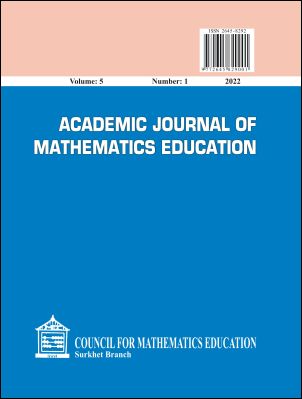Ethnomathematics and Curriculum: Ethnography in Limbu Community
DOI:
https://doi.org/10.3126/ajme.v5i1.54559Keywords:
Ethnomathematics, enculturation, multiethnic, multicultural, indigenousAbstract
This study was carried out to see the indigenous practices and the hidden knowledge of mathematics in the ancients' artifacts in the Limbu community, Chuhandada, Tehrathum, Nepal. The entire research process of the study was guided by the Interpretivism paradigm followed by observation of documents and daily used artifacts which can be blended in local curriculum. Nepal is a multicultural, multilingual, multiethnic country with diverse flora and fauna. We have many artifacts and local mathematical practices in different communities. So, the purpose of this paper is to introduce the concept of Ethnomathematics and its relevance use in lively classroom activities. This paper seeks to provide a comprehensive concept of some of the current and recent scholarly literature concerning Ethnomathematics and the applicability of Ethnomathematics as a practical teaching approach, particularly for underrepresented students.
Downloads
Downloads
Published
How to Cite
Issue
Section
License
© Academic Journal of Mathematics Education




